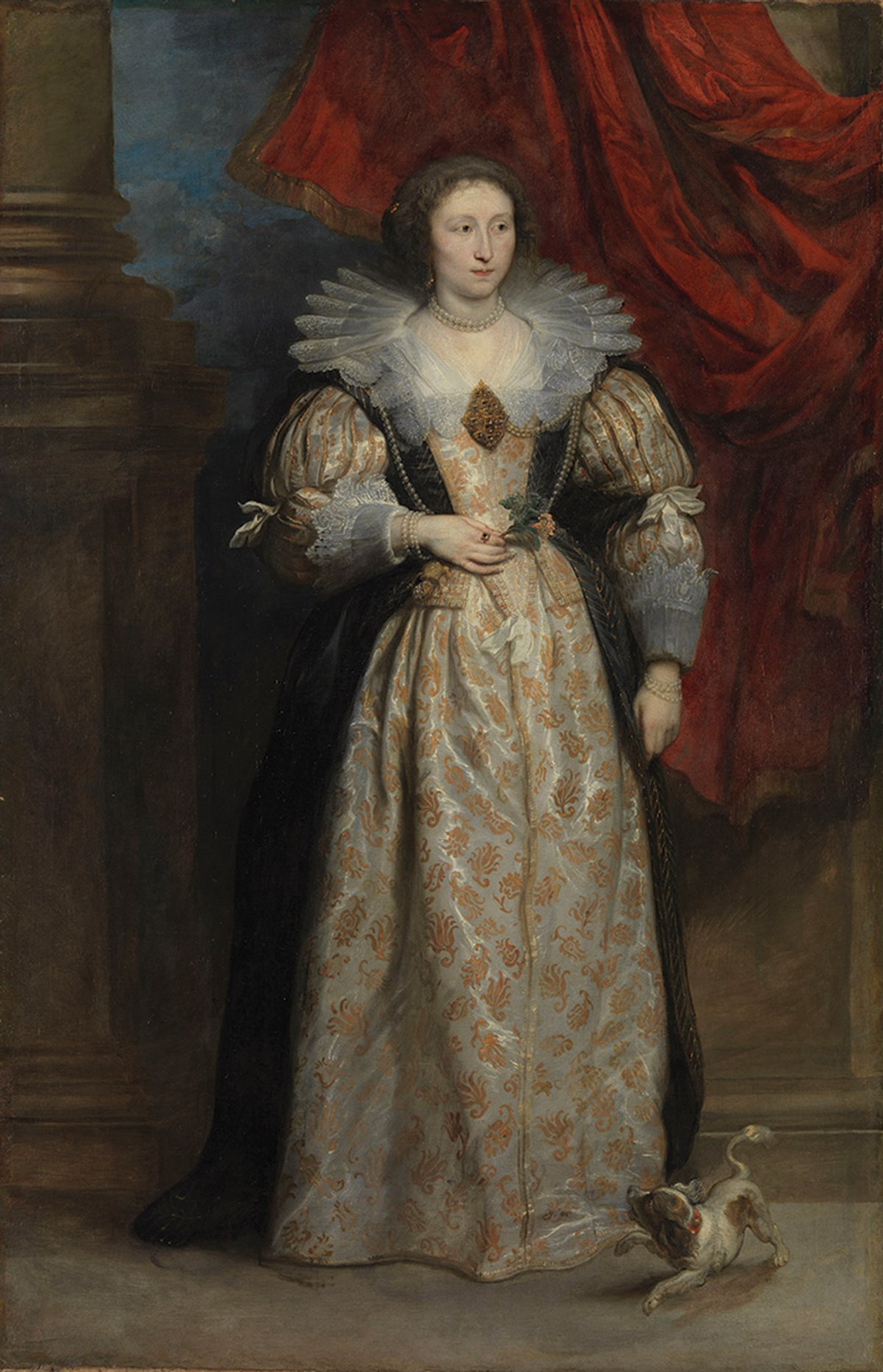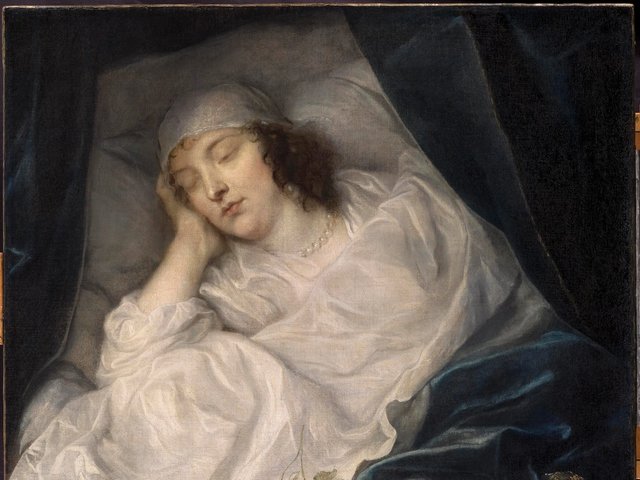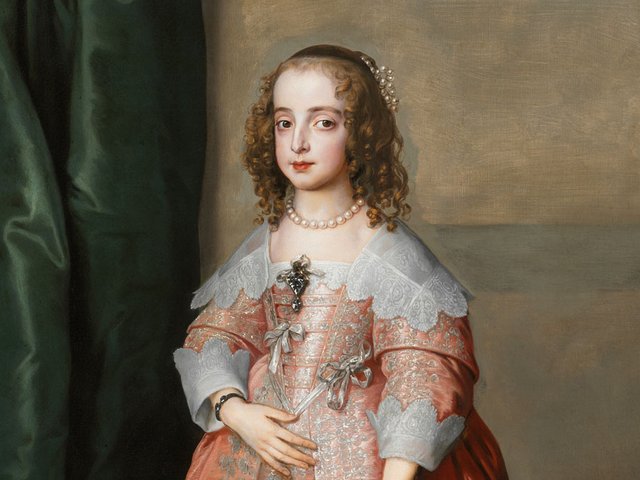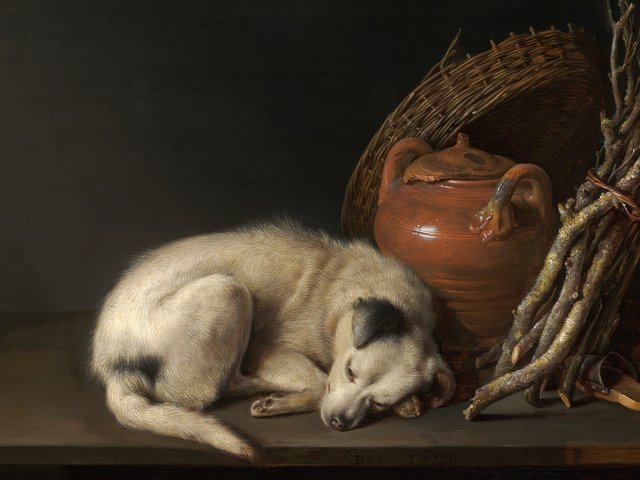An exhibition of Anthony van Dyck, opening this week at Munich’s Alte Pinakothek, promises to deliver a luminous array of richly attired 17th-century aristocrats, as well as fresh insight into the working methods of the artist and his studio, thanks to a research project examining works in the Munich collection using X-ray and infrared reflectography.
The technical analyses reveal that Van Dyck developed, discarded and reworked his compositions in oil, says the show’s curator Mirjam Neumeister. An investigation of a portrait of Sebilla vanden Berghe, for instance, showed that Van Dyck radically altered the background, painting over a column and landscape view. “We don’t know whether it was at the request of the client or whether it was his own artistic decision,” she says. “But it shows that his paintings were prepared not just with drawing studies—they were also very intensely reworked during the painting process.”
The show aims to track Van Dyck’s artistic development with loans from museums and private collections across Europe and the US. Among the four sections of the exhibition there will be one devoted to Van Dyck’s early works—mostly religious and mythological paintings that reveal the debt he owed to Peter Paul Rubens, whose studio he worked in for two years—and one focusing on works created after Van Dyck’s journey to Italy in 1621, where he was inspired by Titian, Veronese and Bellini. Two self-portraits in particular will illustrate this point: one dated 1621, on loan from New York’s Metropolitan Museum of Art; and one from the Pinakothek’s own collection dated 1627. “Ours has a much more Italian look to it,” Neumeister says.
The exhibition is funded with support from the States’ Cultural Foundation and private sponsors.
• Van Dyck, Alte Pinakothek, Munich, 25 October-2 February 2020





